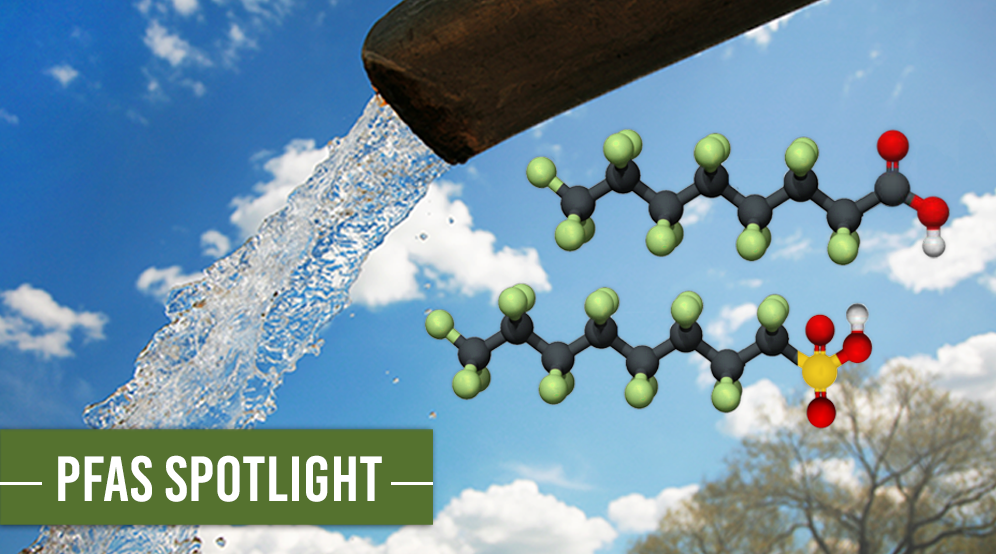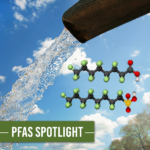

Over the past year, the United States Environmental Protection Agency (EPA) has announced several significant developments regarding per- and polyfluoroalkyl substances (PFAS). Most recently, the EPA published a Notice of Proposed Rulemaking on September 6, 2022. This notice designated perfluorooctanoic acid (PFOA) and perfluorooctanesulfonic acid (PFOS) as hazardous substances under the Comprehensive Environmental Response, Compensation, and Liability Act (CERCLA) in the Federal Register. The public comment period is open until November 7, 2022, with promulgation of the final rule expected in August 2023.
|
Q&A: Aviation Permitting / Compliance
What challenges are unique to working at airports?
|
 Jeffrey Stoicescu, PE
|
TECH FOCUS: PFAS STRATEGY AND MANAGEMENT
Deciding how and when to initiate PFAS-related management strategies at project sites is often complicated by advancing federal and state regulations, public scrutiny, and potential liabilities. Project teams—including environmental attorneys; insurance companies; industrial, chemical, and manufacturing corporations; and developers—must understand how to integrate PFAS challenges into their business decisions, recognize potential implications to their operations, and implement practical strategies to manage regulatory compliance and liabilities as the science and policy of PFAS evolves.
 ESG SPOTLIGHT: REDUCING GHG EMISSIONS AND OFFSETTING CARBON – HOW CAN COMPANIES ACHIEVE THIS?
ESG SPOTLIGHT: REDUCING GHG EMISSIONS AND OFFSETTING CARBON – HOW CAN COMPANIES ACHIEVE THIS?
One of the most controversial topics in ESG management is the acceptable methods of greenhouse gas (GHG) emissions reduction. While it may seem odd that reducing GHG emissions could ever be considered unacceptable, not all GHG reduction methods are legitimate. In fact, illegitimate reductions fall into the realm of greenwashing. For a GHG reduction to be considered legitimate, it must be permanent, accurately measured or estimated, and not claimed by another party.


